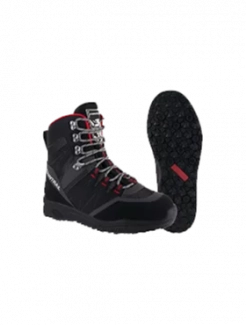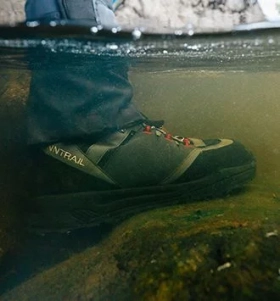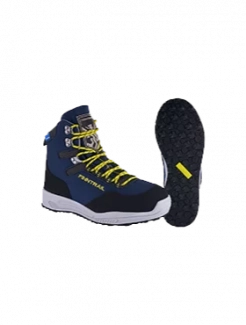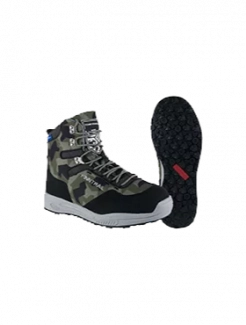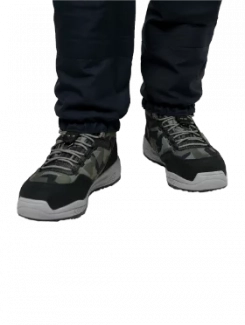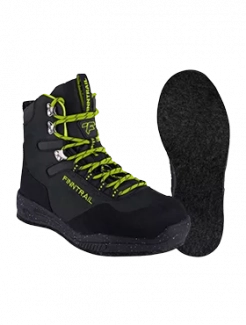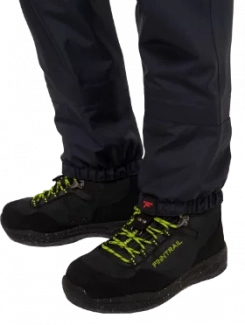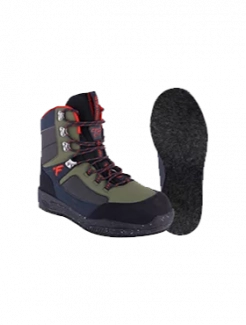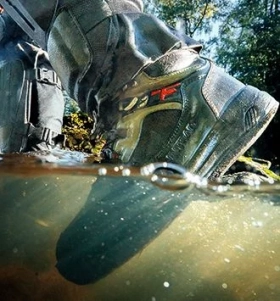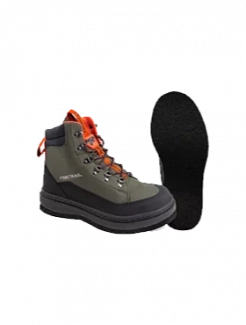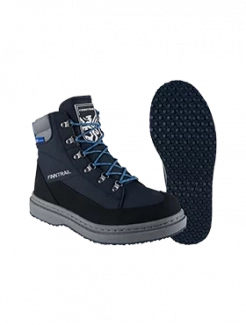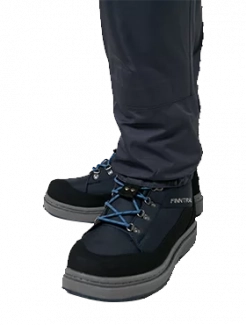Felt vs. Rubber Sole Wading Boots
The debate between felt and rubber soles isn't just about footwear—it's about mastering the art of wading through nature's most challenging terrains. Whether you're balancing on slick river rocks or crossing muddy banks, your choice of sole can make the difference between a confident footing and an unwanted splash. Let's explore these two options to help you find the perfect match for the waters ahead.
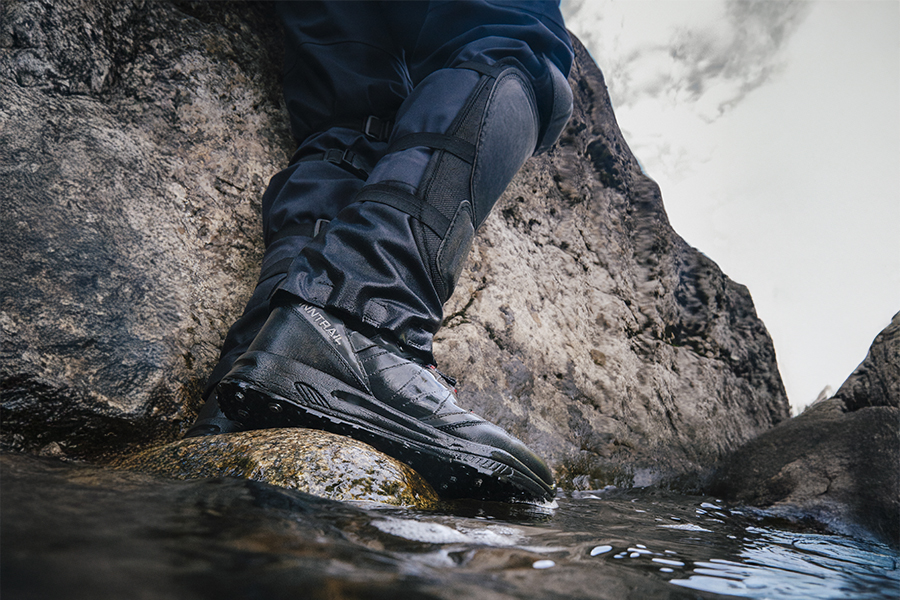
What Are Wading Boots?
Let's start by exploring what wading boots are and what makes them special. Wading boots are specialized footwear designed specifically for fishing and outdoor activities in and around water. Unlike regular hiking boots, they're engineered with unique features to handle constant water exposure while providing essential protection and stability. These boots typically include:
-
Drainage holes to remove water quickly
-
Reinforced toe caps and heel protection against underwater obstacles
-
High ankle support to prevent injuries while navigating uneven river beds
-
Durable materials that resist water absorption and maintain structural integrity when wet
-
Special lacing systems that stay secure even in challenging conditions
-
Compatibility features for attaching to waders or waterproof pants
And last but not least—the specific sole type: felt or rubber. Let's take a deeper look at each option.
Felt Sole Wading Boots
Felt-soled wading boots have been a traditional choice among anglers for decades, particularly valued for their exceptional grip on wet, slippery surfaces.
Advantages of Felt Soles:
-
Superior traction on wet rocks, moss and algae-covered surfaces, in fast-moving waters
-
Quick-drying and water-resistant material
-
Excellent insulation in cold water (down to 0°C / 32°F)
-
Lightweight design (under 1,600g total)
Limitations of Felt Soles:
-
Limited to fishing in rocky-bottom waters, not suitable for ATV-riding and everyday use
-
Wears down quickly when used on regular terrain
Rubber Sole Wading Boots
Rubber-soled wading boots feature aggressive mud-free tread patterns that provide reliable grip on almost any surface. These boots are suitable for most outdoor activities and have room for thick neoprene socks.
Advantages of Rubber Soles:
-
Excellent durability and longer lifespan
-
Better performance on dry land and hiking trails
-
Versatility for various outdoor activities
-
Option to add studs or ice cleats for extra traction
Limitations of Rubber Soles:
-
Generally less grip on wet, smooth rocks compared to felt
-
Not ideal for fast-flowing rivers, even with studs
When to Choose Each Type
Choose felt soles when:
-
Fishing in rivers with slippery, moss-covered rocks
-
Wading in fast-moving water where maximum grip is crucial
Choose rubber soles when:
-
You need versatility for both water and land use
-
You regularly hike to fishing spots
-
Fishing in sandy or muddy environments
-
You want to add cleats or studs for extra traction
Important note: Wading boots are specifically designed for fishing and water activities, with drainage holes and wider construction to fit neoprene socks. They aren't meant for everyday wear or regular walking.
TOP-3 FINNTRAIL Models for Wade Fishing
1. GREENWOOD Series
Available in both felt (5224) and rubber (5223) versions, these boots are the lightest model in the FINNTRAIL lineup. They combine lightweight OXFORD weave material with enhanced toe and heel protection. High-cut design provides excellent ankle support, minimizing the risk of injuries on slippery surfaces.
2. SPORTSMAN Series
The SPORTSMAN line (5198/5199) offers exceptional durability with reinforced construction. These boots provide hiking-boot level comfort and are protected from sharp rocks thanks to wear-resistant rubberized material.
3. SPEEDMASTER Series
Made from lightweight, durable material with reinforced toe and heel areas, the SPEEDMASTER series (5228/5233) offers both rubber and felt sole options. These boots feature strong nylon laces and excellent ankle support, minimizing the risk of sprains or injuries on slippery surfaces.
Making Your Choice
To choose the right wading boots, consider how often and where you'll use them. Don't be misled by "universal" claims—each model, with felt or rubber sole, is engineered for specific conditions. Felt soles excel at gripping algae-covered rocks, while rubber soles perform better in varied off-road conditions. If your activities regularly switch between these environments, consider investing in two pairs with different soles from FINNTRAIL's official store. Our year-round selection features cutting-edge technology for all outdoor pursuits.

